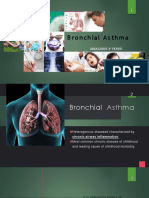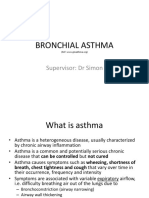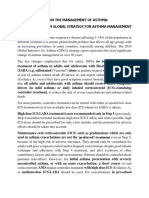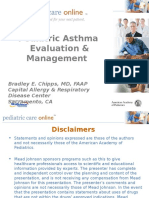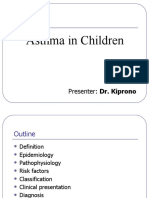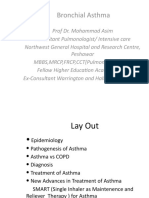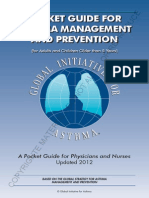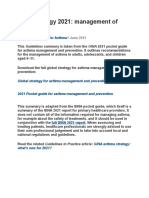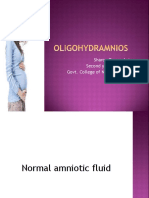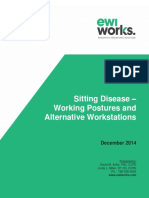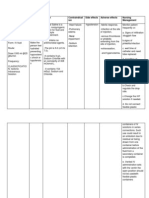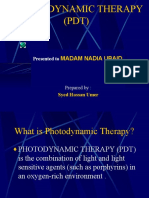0% found this document useful (0 votes)
167 views38 pages2020 Gina Guidelines On The Management of Asthma
The document outlines guidelines from the Global Initiative for Asthma (GINA) on the management of asthma. GINA defines asthma and provides recommendations for diagnosing and assessing control of asthma across different age groups. It recommends low-dose inhaled corticosteroids as initial treatment for children under 5 with worsening asthma. For patients aged 6 and older, regular use of low-dose inhaled corticosteroids with reliever medication is recommended to control symptoms and reduce exacerbations.
Uploaded by
Louije MombzCopyright
© © All Rights Reserved
We take content rights seriously. If you suspect this is your content, claim it here.
Available Formats
Download as PPTX, PDF, TXT or read online on Scribd
0% found this document useful (0 votes)
167 views38 pages2020 Gina Guidelines On The Management of Asthma
The document outlines guidelines from the Global Initiative for Asthma (GINA) on the management of asthma. GINA defines asthma and provides recommendations for diagnosing and assessing control of asthma across different age groups. It recommends low-dose inhaled corticosteroids as initial treatment for children under 5 with worsening asthma. For patients aged 6 and older, regular use of low-dose inhaled corticosteroids with reliever medication is recommended to control symptoms and reduce exacerbations.
Uploaded by
Louije MombzCopyright
© © All Rights Reserved
We take content rights seriously. If you suspect this is your content, claim it here.
Available Formats
Download as PPTX, PDF, TXT or read online on Scribd
/ 38












